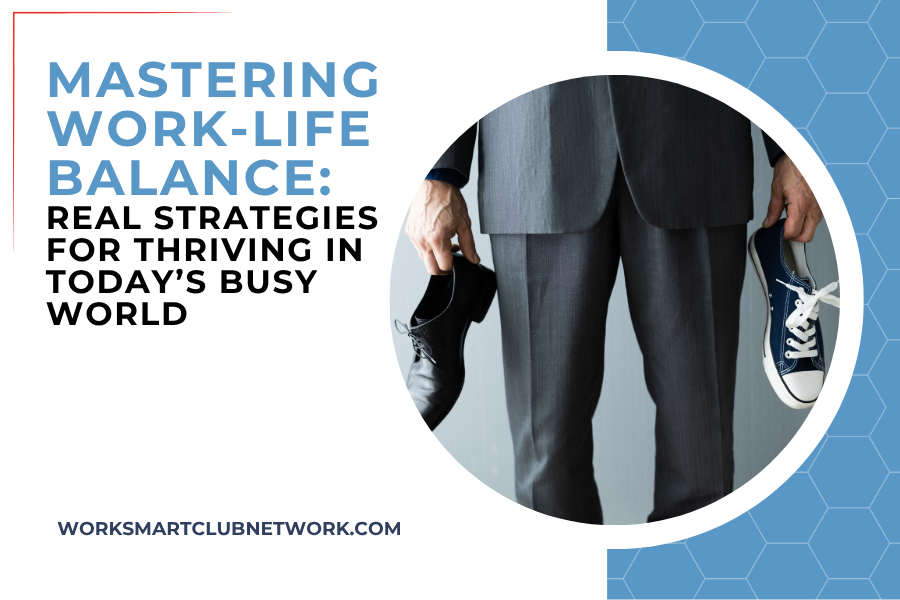The Modern Challenge of Work-Life Balance
Work-life balance has become a modern-day quest—one that feels increasingly elusive as technology keeps us plugged in around the clock. Between back-to-back meetings, endless email chains, and the pressure to stay “always on,” many professionals find themselves overwhelmed and burnt out. But what if work-life balance isn’t about perfectly dividing hours between work and personal life? What if it’s about intentional boundaries that let you thrive in both worlds?
Prioritization: The Key to Mastering Balance
Experts from Robert Half emphasize that mastering work-life balance starts with prioritization. It’s tempting to tackle every email or task that lands in your inbox, but this often leads to scattered focus and exhaustion. Instead, identify the few critical tasks that truly impact your goals. Use the Pareto principle—roughly 20% of your activities create 80% of your results—and put your energy there. This shift from quantity to quality frees time for what matters most.
Setting Boundaries: The Backbone of Balance
Boundaries are the backbone of work-life balance. If you work remotely, your home can easily feel like a never-ending office. Carve out a dedicated workspace that signals “work mode” when you’re there—and “home mode” when you leave. More importantly, set clear “office hours” for when you’ll engage in work and when you won’t. Communicate those hours to your team and stick to them. Turning off notifications after hours and resisting the urge to check emails during family time or weekends lets you recharge mentally.
Time Management Hacks to Protect Your Balance
Time management hacks also help protect your balance. The Pomodoro Technique, for example, encourages working in focused 25-minute sprints followed by 5-minute breaks. This method keeps your brain fresh and avoids burnout. Batch similar tasks like answering emails or making calls during specific blocks of time instead of jumping between tasks. And calendar blocking lets you reserve chunks of time for deep work, meetings, and breaks—helping prevent your day from getting hijacked.
The Essential Role of Self-Care
Self-care isn’t optional—it’s essential. Regular physical activity, hobbies, and mindfulness exercises reduce stress and increase creativity. Taking short breaks to stretch or walk during the day can do wonders for focus and mood. When your body and mind feel good, your work quality improves too.
How Employers Can Support Work-Life Balance
Employers have a major role here. Robert Half notes that companies fostering a culture of flexibility and respect for personal time enjoy higher employee satisfaction and retention. Flexible work hours, remote options, and encouraging employees to disconnect after hours are no longer perks—they’re expected. Organizations that honor these needs create trust and loyalty, which boosts productivity in the long run.
Personalizing Your Work-Life Balance
Keep in mind: work-life balance isn’t a one-size-fits-all formula. Your priorities, family needs, and energy levels may look very different from your colleagues’. The goal is to find a rhythm that works for you and commit to protecting it. Be proactive about assessing your balance regularly and adjusting as life changes.
The Practical Necessity of Work-Life Balance
Ultimately, work-life balance isn’t just a feel-good concept—it’s a practical necessity. When you set boundaries, focus on what matters, and care for your well-being, you’re better equipped to succeed professionally and enjoy a fulfilling personal life. It takes effort, communication, and sometimes saying no—but the payoff is worth it: less stress, more energy, and a life that feels truly balanced.





